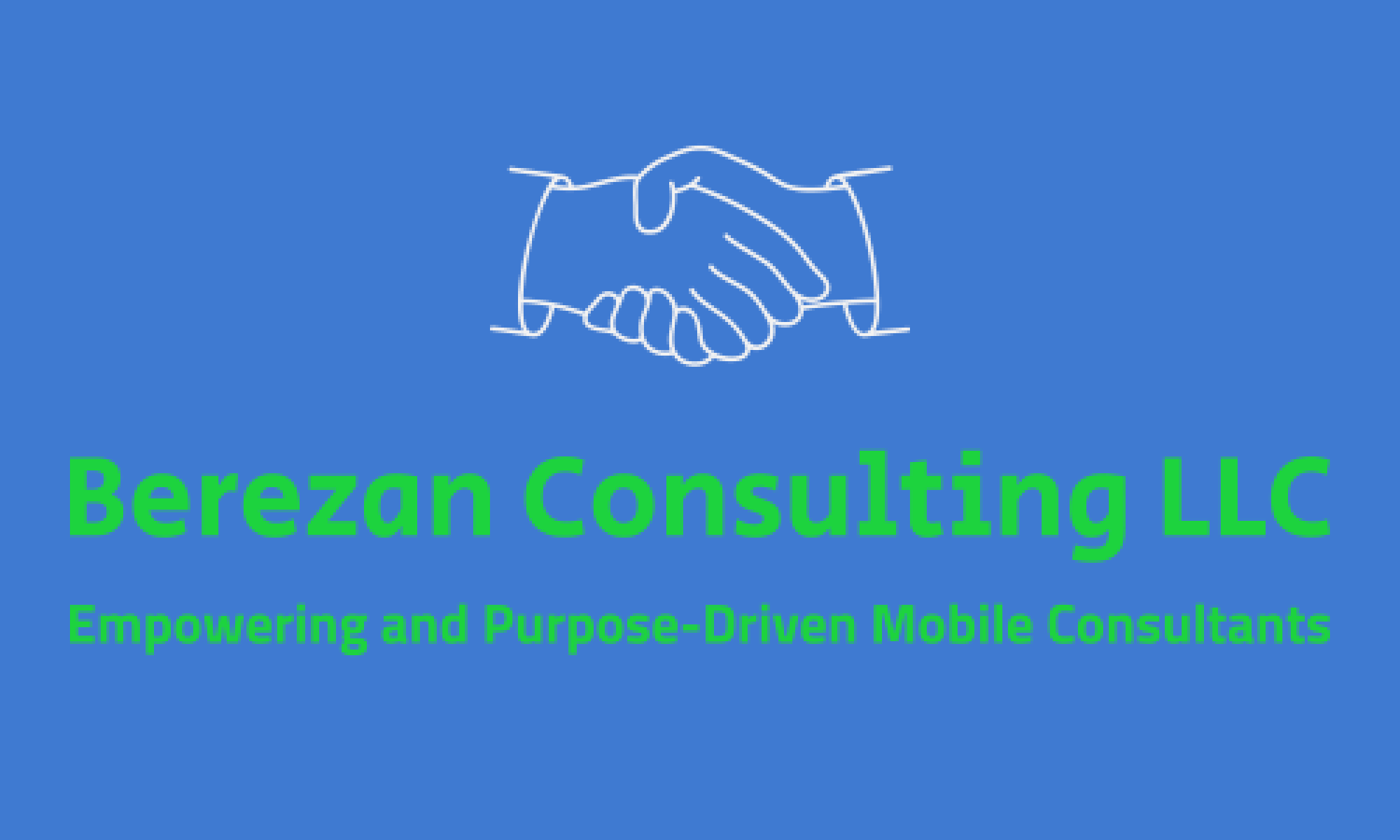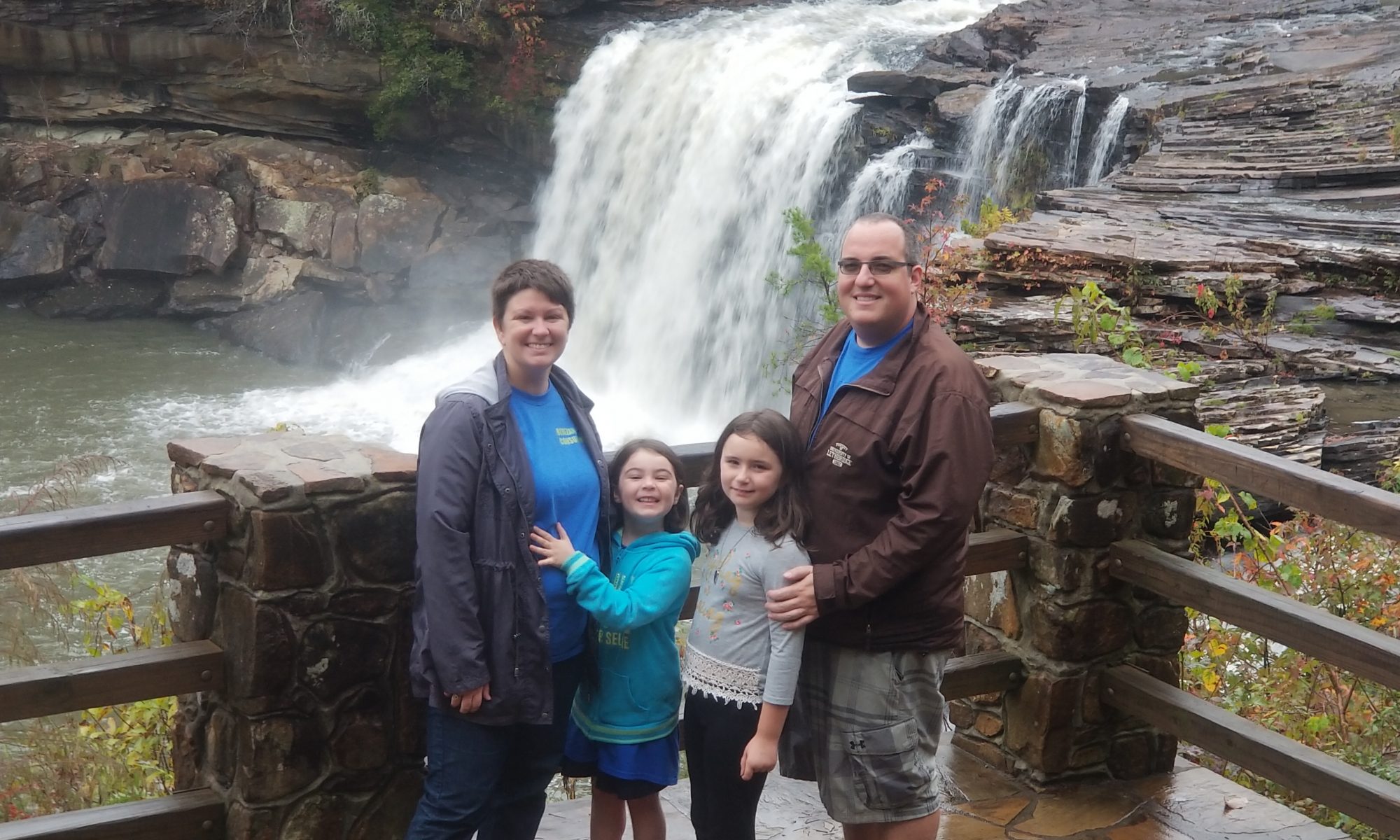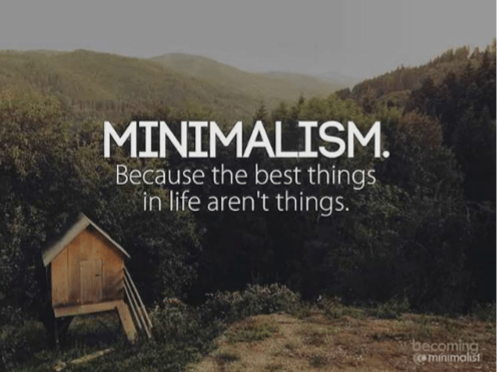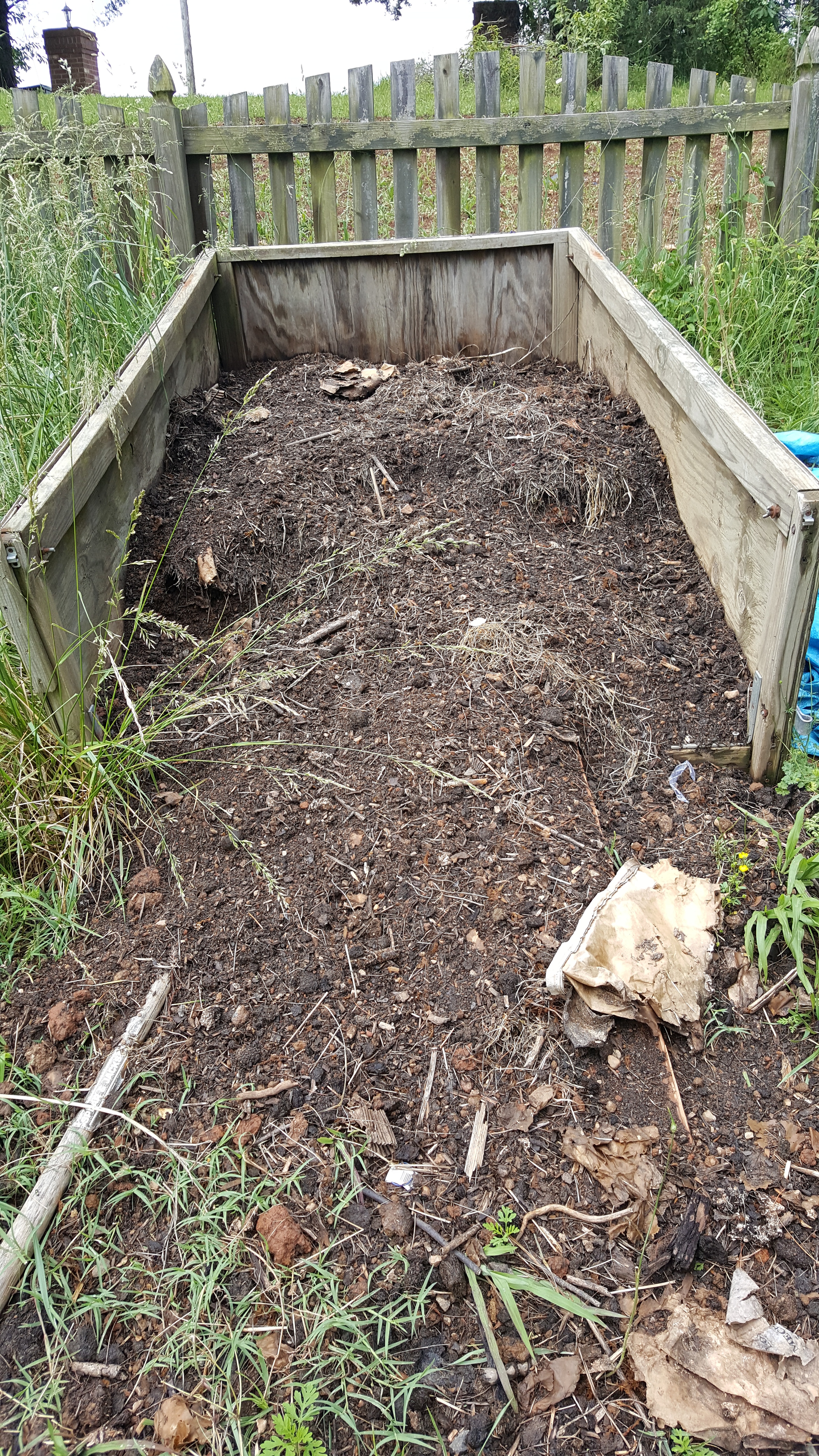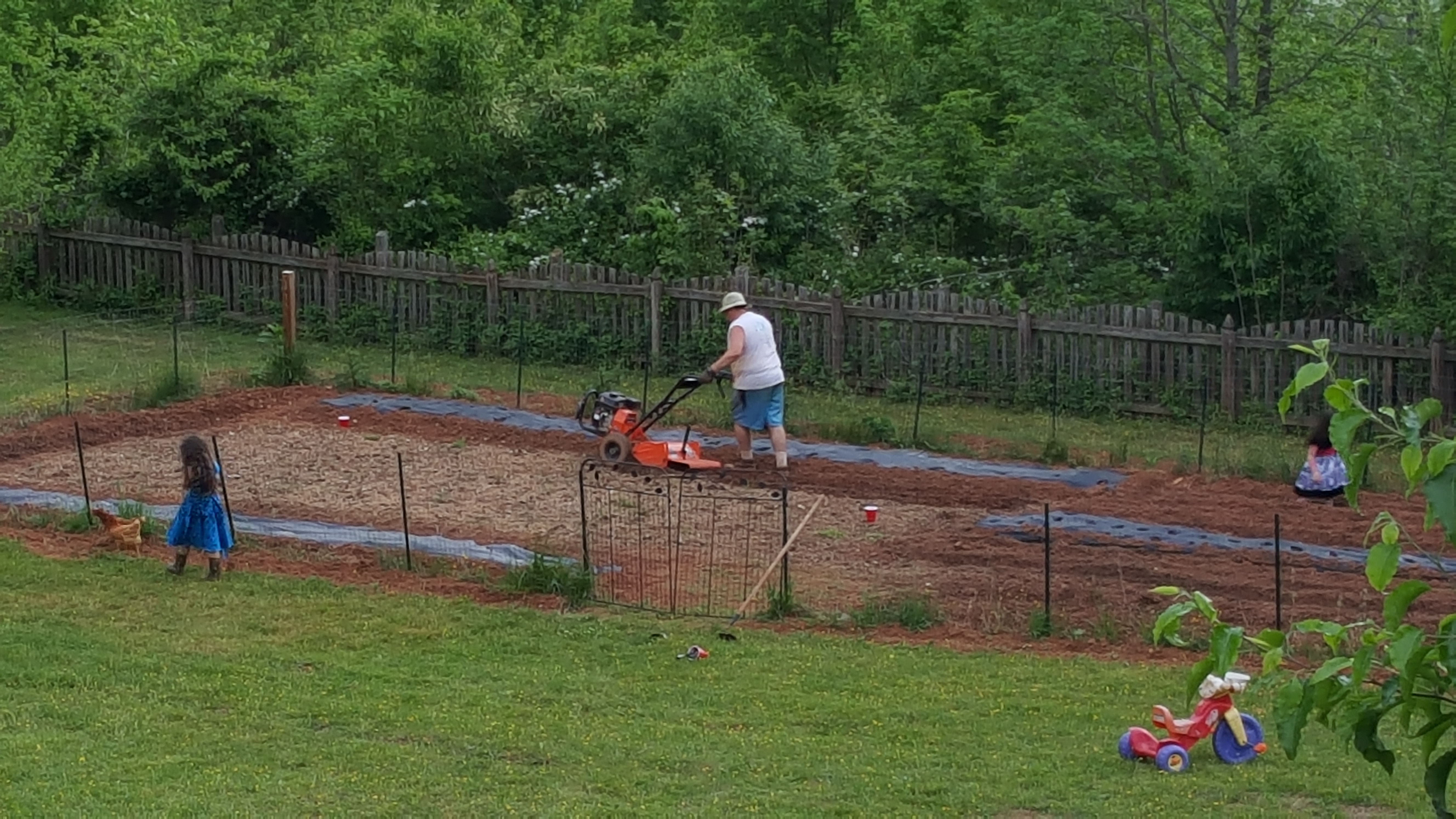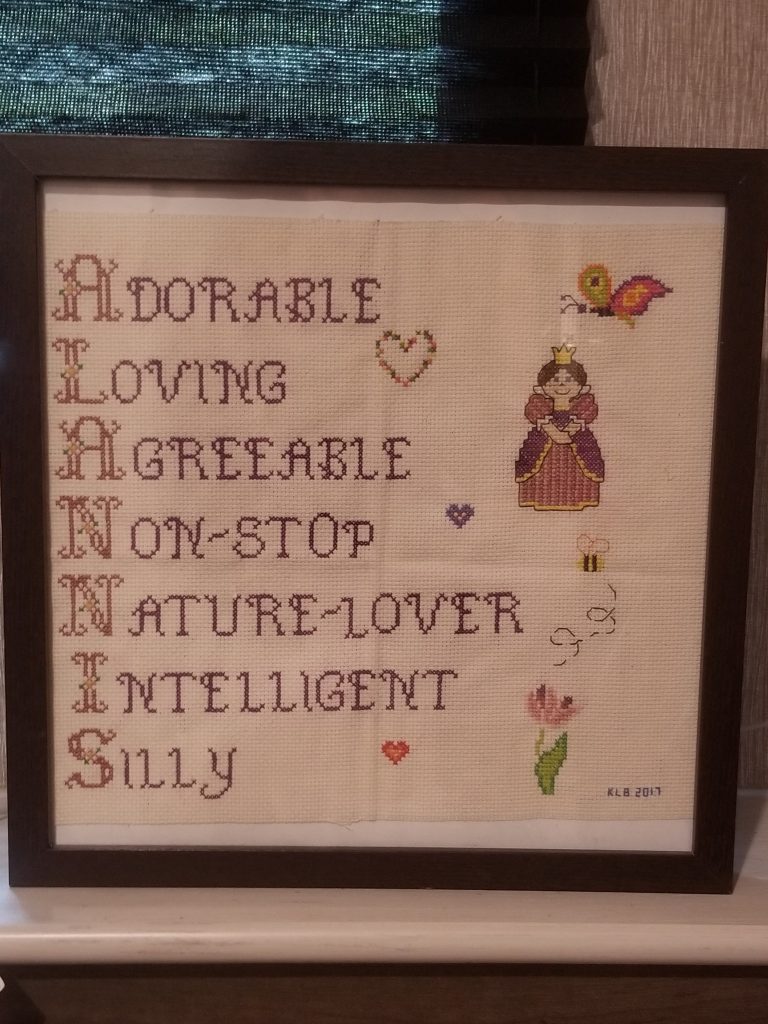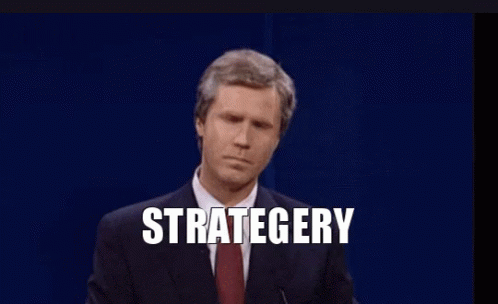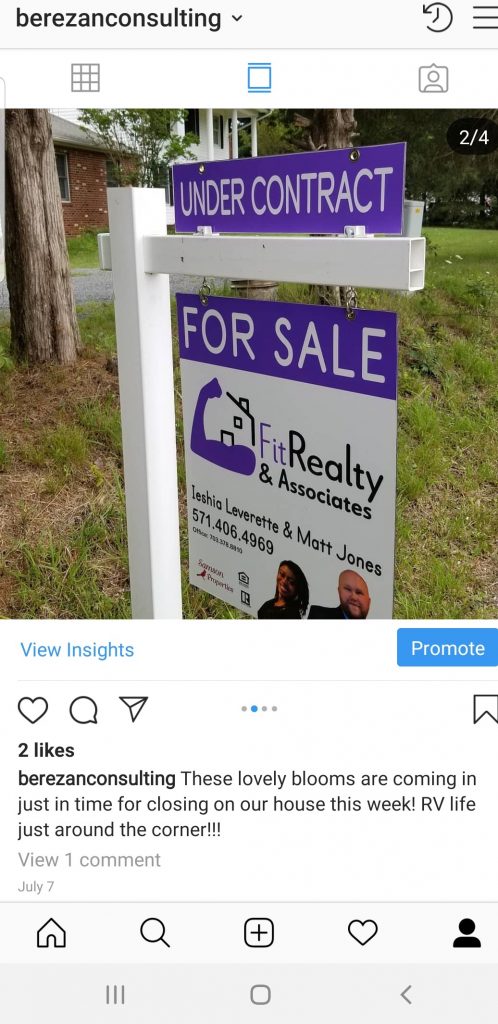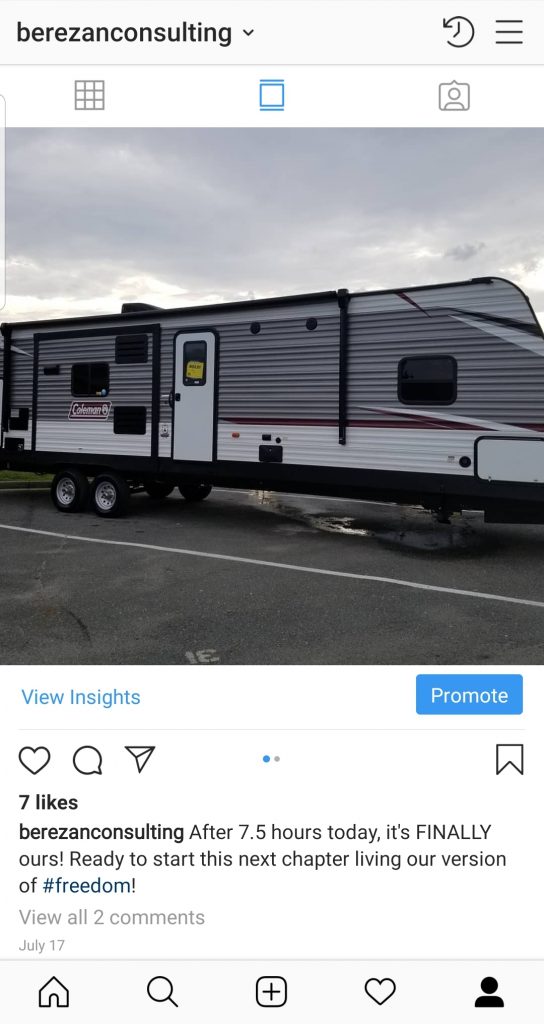I have been hesitant about writing a blog about this because of the permeation of emotionally charged responses the COVID-19 circumstances have presented. However, I feel there is still a level of communication we can achieve throughout these dividing times. As a consumer, I want to still be able to do the things I did before when shopping. As a business owner, I understand that due to the social and political climate, business atmospheres are experiencing an unavoidable change in their operations landscape. How can we help reconcile the two? I have some ideas.
An unavoidable change that businesses and other institutions are experiencing are the Executive Orders that were put out by the Governor’s of the states. These outlined the restrictions placed on business, emergency infrastructure protocols, and directives for the populace at large. The Orders were an emergency response to the federal announcement of the COVID crisis. According to the National Governor’s Association website, during an emergency, states focus on the four stages of emergency management: Prepare, Prevent, Respond, Recover. The governor’s role is largely “communicating with the public, providing advice and instructions, and maintaining calm and public order”. In the effort to manage and mitigate the effects of a new widespread health threat, decisions were made based on the information available.
Whether we, as the populace, agree with the decisions, restrictions, and protocols or not, they are there. However, there are exceptions to every rule and that is why it is important to read for yourself any Executive Order implemented where you live and strive to understand it. Do not rely on a news report of the order or what you hear from other people. Read it for yourself to understand which parts of it actually affect you- personally AND professionally. Read it to understand what the exceptions are because at the very least professionally, you will encounter people within your community that will need or want to be an exception. You can best be of service when you have a first-hand understanding of what the rules and exceptions are within your community.
This kind of brings me to my second idea- customer service. As a customer or consumer, I have a positive experience when I feel heard. It doesn’t matter if it is in a retail situation like at the grocery store or service-based like getting my hair done or oil change. If the person helping me is not listening to me, I walk away dissatisfied and I most likely do not go back. In these times, this goes beyond the actual product or service. During these times, how we experience getting our products and services has completely changed. For example, if a person falls into the category of the exception to the rule, they risk social stigmatization because the majority is following the rule. But the information that protects a person who is an exception is protected by laws that preexisted the Order. Should it be the responsibility of a client/customer, potential client/customer, or lead to prove their exception? Or should you as the business owner (or your employees) assume that if someone who is not following the assigned guideline that they meet the qualifications to be exempted from the Order’s protocols? Quality customer service includes listening to your client/customer needs, addressing their concerns, and (as much as you can) assuring their comfort during their time with you. During these COVID times, business owners may need to act on some understandings or assumptions that are different from their personal preferences. But we still need to respect our client’s/customer’s right to hold different perspectives or take advantage of a seemingly counter-intuitive exception because it is in their personal best interest to do so. For quality customer service, be transparent about why you are adhering to the guidelines of the Order(s); how the guidelines benefit business operations, employees, and/or clients/customers; and what the list of exceptions are to illustrate your understanding of the Order(s) and promote an accepting atmosphere.
With an understanding of any Executive Orders that have temporarily changed your community life, you as a business owner are now equipped with a tool to help you advocate for your business! As mentioned before: whether we, as the populace, agree with the decisions, restrictions, and protocols or not, they are there. I am sure that the majority of us want what is best for the recovery of any of our ill population and those at risk for illness. However, a generalized application of some practices in the name of that effort can unnecessarily hinder people’s ability to operate their business as necessary for their survival. For many, their business is their livelihood, not a side income. If they cannot operate, they cannot earn money, which means they are at risk for not having necessary money to pay for their living expenses and put food on their table. As a business owner, if there is a restriction that affects your ability to do this, you have a responsibility to advocate for yourself and your business. This is deeper than just morally disagreeing with a practice.
To advocate for your business, you will need to understand exactly how you are being restricted. What is it about the recent changes implemented through your local Executive Order(s) that affects your ability to work your business? Are they necessary? Are they realistic when put into practice? Can you find an example of another successful solution that was implemented in a similar situation that you could use? How far are you willing to go to collect evidence that supports your business’s opposition to a newly proposed social practice? Would you present your case to the necessary authorities (if necessary) to gain clearance or an exception for you to operate? How necessary is doing such a thing for the survival of your business? If you can prove that the guideline is not supported by other respected authorities you would be able to speak up on behalf of yourself and others like you!
Maybe you do not have to go that far. Sometimes there is an interpretation of the legalese that can allow you to still operate while complying through creative interpretation. Go for it! The idea is that you still operate your business while simultaneously being socially responsible but also in alignment with you. Understanding the relationship between your business and the law or government puts you in a position of empowerment to know how to advocate for your business when you need to.
I hope that these ideas help you make the most of these uncertain times. We may not be able to control the circumstances around us but we can control how we respond to them. We are all just trying to get through this time together and even though some emotions may be high, we can remember that we all have the right and privilege to advocate for ourselves. If we can respect that about others as well, any ordeal can become an opportunity. I believe our opportunity through the COVID crisis is growth- personal, professional, societal…I foresee that we grow and learn from this experience.
What do you hope to learn?
Kirsten
Sources:
